We are not the First Civilization on Earth and a perhaps philosophical consideration

A Video about this article: Click here!
Long before the ink of history had dried—before the rise of Sumer, before the wheel turned, before man carved gods from clay—there was something else. A civilization not lost but buried. Forgotten not by time, but by design.
We are told that civilization began 7,000 years ago. That everything prior was chaos—hunter-gatherers, primitive tribes, men with sticks. We are told that the flood, that great deluge, was the dividing line. A divine reset. A single, sweeping catastrophe that humbled mankind and cleansed the Earth.
But what if that was only part of the truth?
What if the Great Flood was just one of many resets?
What if long before the pyramids, long before Uruk rose from the dust, there existed a people more advanced than we dare to believe?
Roughly 42,000 years ago, Earth was thrust into chaos by an event that ripped through the very core of our planet—a magnetic reversal, a pole shift of unimaginable scale. It was not the slow drift our scientists speak of today, but a sudden, violent swing that shattered the skies and fractured the Earth.
Gamma radiation surged through the atmosphere, bathing the planet in deadly light. Skies darkened. Skins blistered. Plants withered. And humanity—what remained of it—was forced to flee underground.
But these weren’t cavemen. These weren’t brutes stumbling in darkness. They were survivors of a world already sophisticated, already organized. They carved stone not for survival, but for structure and meaning. They etched symbols and patterns—primitive to our eyes, but perhaps only because we’ve forgotten how to read them.
They built shelters beneath mountains, hidden from the sun’s wrath. They forged tools we no longer understand. They crafted garments for protection, not just modesty. Their knowledge of the Earth, of energy, of survival—was deep, and deliberate.
What’s more disturbing? These people left traces. Traces in the bedrock. In the symbols no one can decode. In ancient tunnels that descend into places we’ve never dared explore. They communicated through stone, their markings left like signs on forgotten highways. Some we call petroglyphs. Others, we ignore.
And they had help.
Not divine. Not Angels.
But something else.
Something technological.
Artifacts we cannot recreate. Stone manipulated with precision that mocks modern machinery. Geometries too exact for chance. Structures aligned to celestial bodies with such mathematical intent, they speak of knowledge not rediscovered, but inherited.
They survived… for a time.
And then?
They vanished.
Or they became something else.
This is not fantasy. This is not mythology.
This is a warning.
We are not the first. We will not be the last. And the ground beneath our feet remembers everything.
The question is not if there was a civilization before ours.
The question is: what happened to them… and when will it happen again?
The Shamir’s Secret

In the annals of ancient lore, amidst tales of kings and demons, there exists a story so enigmatic that its truth teeters between myth and reality. It speaks of a time when stone yielded not to chisel but to the gaze of a creature born before time itself—a being known as the Shamir.
King Solomon, wise beyond measure, sought to build a temple—a sanctuary not marred by the violence of tools forged in war. He desired purity, a construction untouched by iron or steel. But how does one shape stone without instruments of force?
Legends whispered of the Shamir, a creature capable of slicing through the hardest granite with mere sight. Some claimed it consumed rocks, leaving behind tunnels reminiscent of Swiss cheese. Others believed its gaze alone could cleave stone, a laser-like stare from a time when the world was still forming.
To harness such power, Solomon needed to find the Shamir. But the creature was elusive, guarded by the wild rooster in desolate hills, entrusted to it by the angel of the sea. To reach it, Solomon first had to confront Ashmedai, the king of demons, who resided atop the world’s tallest mountain, drinking vast quantities of water daily.
Through cunning, Solomon replaced Ashmedai’s water with wine, leading to the demon’s capture. Yet, even in chains, Ashmedai revealed he did not possess the Shamir. The path to the creature lay further still, through trickery and patience.
Solomon’s pursuit of the Shamir was not just a quest for a tool but a journey into the depths of nature’s secrets and the boundaries of human ingenuity. The temple, once completed, stood not only as a place of worship but as a testament to a time when man and myth intertwined.
But questions linger. What became of the Shamir after the temple’s completion? Did its power fade, or was it hidden away, waiting for another time when its abilities would be needed once more?
To modern ears, it sounds absurd, a relic of ancient myth passed down through the dust of time. But in the minds of those who first spoke of it, it was no metaphor. It was an attempt—clumsy, poetic, yet deeply sincere—to describe something so extraordinary that it defied their understanding of the world.
The Shamir was not alive in the way we know life, nor was it magic in the way we dismiss legends. It was, in all likelihood, a tool. A device. A technology so advanced, so silent and efficient, that it left behind no chisel marks, no sound of hammering, no sign of labor. It could cut through stone as if it were sand. It could carve with such precision that even our modern machines struggle to replicate its results.
In the ancient texts, the Shamir is said to have shaped the stones of Solomon’s Temple without ever touching them—no metal, no fire. Only motionless division. Smooth, clean, exact.
To the people of that time, there was no other explanation. They knew nothing of plasma tools or directed energy, of frequency-based disintegration or nanotechnology. They saw the stone yield like clay and imagined a creature—a living entity, a stone-eating worm. It was the only way they could describe what they had witnessed… or what their ancestors had remembered.
But what if the Shamir was not born of Earth?
What if it belonged to something not quite human?
This being—whatever it is, or was—has left traces not only in texts and temples but in the quiet corners of forgotten knowledge. It has walked beside us through the ages, not as a ruler, not as a god, but as a silent observer… or a guide. Perhaps even a gardener tending a crop that doesn’t yet know it’s being cultivated.
We think ourselves the apex of civilization. Yet we find structures thousands of years old, cut and moved with impossible precision. We explain it away with rope and sweat, but deep down, something doesn’t add up. The stones are too heavy. The cuts too fine. The alignment too perfect.
And the stories—whispers passed from priest to scribe, from mystic to monarch—all speak of a knowledge lost. Or hidden.
The Shamir may have been just one artifact. One glimpse of something greater. A sliver of technology left behind, intentionally or accidentally, by beings who existed here long before our version of history began. Beings who may still be here.
Watching. Waiting. Guiding. Or studying.
In every myth lies a seed of truth. And in the tale of the Shamir, the seed grows in stone.
Are we ready to uncover what has been buried beneath our disbelief?
Are we willing to accept that we were never alone?
Or worse… that we still aren’t?
Wooden Structure
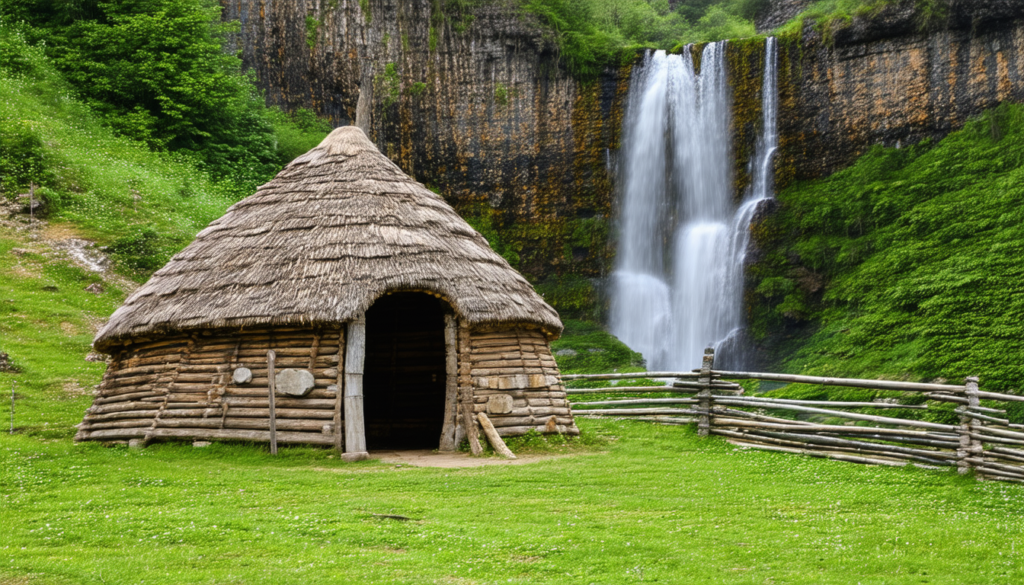
Not stone. Not bone.
Wood.
At a remote archaeological site, researchers from the University of Liverpool uncovered a structure unlike any seen before—two interlocking logs, carefully shaped and joined, preserved in the oxygen-poor earth of a forgotten landscape. Carbon dating, sediment analysis, and contextual evidence pointed toward a date so staggering it threatened to collapse long-held assumptions: 500,000 years.
Half a million years ago.
Before Homo sapiens. Before Neanderthals reached their zenith. Before the idea of “civilization” was even a whisper in time.
This structure was no accident. The wood had been worked—cut, notched, and placed with clear intent. It showed signs of engineering, of purpose. It could have been the foundation of a platform, a walkway… or a shelter.
A home.
For centuries, our understanding of early humans rested on a simple image: crude stone tools, animal hides, firelit caves. Nomads surviving by instinct. But this wooden structure rewrites that mental picture. It suggests that people—whoever they were—were not merely surviving, but building. Settling. Thinking ahead.
The discovery shakes the framework of human prehistory.
If humans—or their close ancestors—were constructing wooden dwellings half a million years ago, then our timeline is not just wrong. It is fundamentally flawed. The assumption that early humans lived only in caves is no longer a certainty, but a question.
How many other traces of ancient ingenuity have been lost to time—decayed, washed away, or buried beneath our feet?
Wood is not like stone. It does not endure. And yet, in this rare, oxygen-starved soil, the Earth preserved a whisper from the past. Not of kings or empires. But of quiet hands shaping a world.
This is not just a structure. It is a message.
That we were building long before we were writing.
That intelligence leaves traces in more than just stone.
That perhaps, beneath the fields we walk on, the memory of an older world still waits to be revealed.
And if people were building shelters half a million years ago…
what else were they capable of?
What more have we forgotten?
And what are we yet to find?
The Adam Event
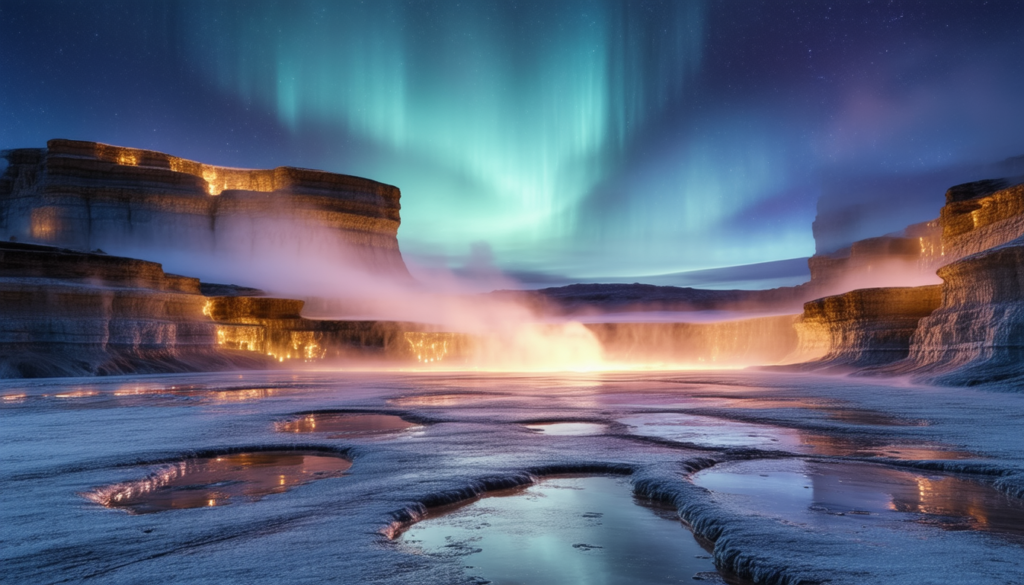
The Earth has a memory far older than human history. It is written not in ink, but in layers of rock, in ice cores, and in the invisible lines of magnetism that encircle the globe. Every so often, that memory stirs—and when it does, civilizations vanish, climates collapse, and life itself is forced to adapt… or die.
Around 42,000 years ago, the planet experienced one of these awakenings.
It began subtly: the Earth’s magnetic field, our invisible shield against cosmic radiation, began to weaken. At first, it was barely noticeable. But over the course of a few centuries, it faltered, then collapsed entirely. The magnetic poles drifted, then flipped. North became south. South became north. Chaos followed.
We now call it the Laschamps excursion, but a more fitting name has emerged from recent research—the Adams Event, in honor of Douglas Adams, who once joked that 42 was the answer to life, the universe, and everything. Perhaps he was more right than he knew.
As the magnetic field deteriorated, Earth lost its protection. Cosmic and solar radiation surged in, bombarding the surface. The sky shimmered with auroras at the equator. Lightning storms became frequent and intense. Ultraviolet radiation spiked, damaging DNA, blinding animals, and devastating plant life. Atmospheric currents shifted. The climate became erratic, unpredictable, brutal.
In Australia, the giant megafauna—marsupial lions, wombat-like diprotodons, massive kangaroos—disappeared. In Europe and Asia, Neanderthals, who had thrived for hundreds of thousands of years, vanished soon after. Cave art suddenly proliferated around this time, as early humans may have sought spiritual or psychological refuge, or simply shelter from the increasingly hostile environment.
Trees recorded this chaos in their rings. One ancient kauri tree, pulled from a New Zealand swamp, bore the scars of this magnetic collapse—its rings widened and darkened, a biological memory of increased radiation, environmental stress, and atmospheric disruption.
Yet, the most unsettling revelation may be this: the Adams Event was not a singular disaster, but a glimpse into a recurring cycle. Earth’s magnetic field has flipped many times in its history, often accompanied by mass extinctions, environmental upheaval, and evolutionary leaps.
If it happened once, it can happen again.
Our magnetic field is weakening once more. Satellite data confirm a steady decline over the past two centuries. The South Atlantic Anomaly—a zone of magnetic weakness—has grown, exposing parts of the Earth to elevated radiation. The poles are drifting faster. The timeline is uncertain, but the trend is undeniable.
We live in an age of technology dependent on satellites, power grids, and electronics—all vulnerable to radiation. The next magnetic reversal won’t just be a natural event. It will be a cultural reckoning.
We once survived the Adams Event with fire and shelter.
The question now is: can we survive the next one with everything we’ve built?
PUMAPUNKU
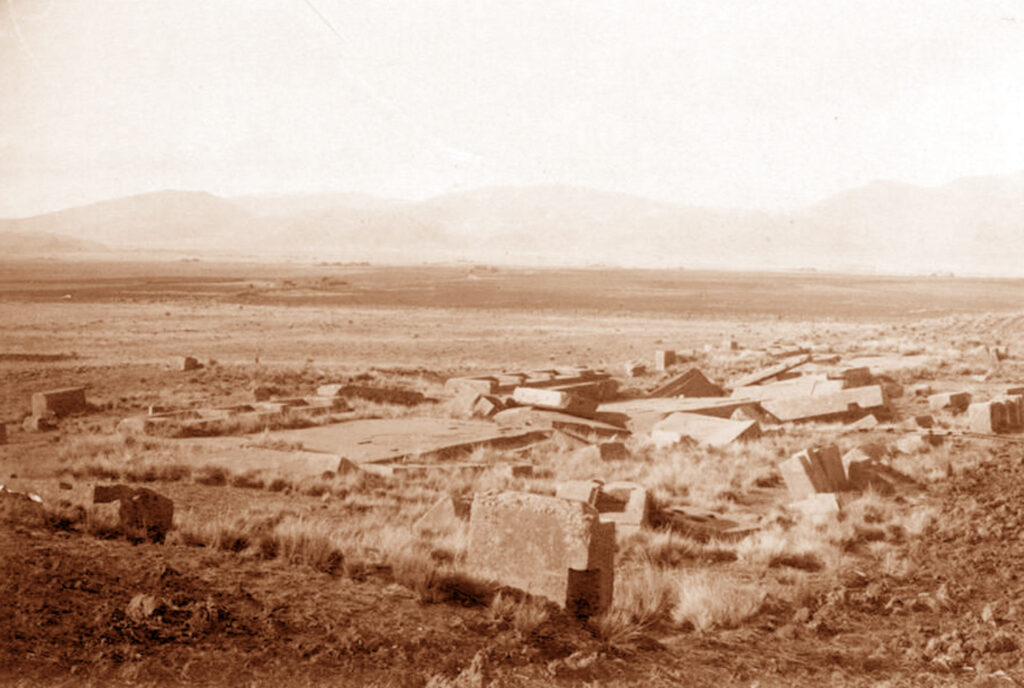
Credits: Photo Ancient Pumapunku, Max Uhle in 1893
Long before modern archaeologists brushed dust from the sun-scorched stones of Puma Punku, something far greater stood there—something that defied the simple narratives we’ve been told.
Most know the site today as a chaotic scatter of monolithic blocks, precisely cut yet now lying broken, toppled, lifeless. But photographs and records taken before reconstruction efforts began tell a different story—one rarely discussed.
The stones lie strewn in a single direction, as if blasted by a force too powerful to imagine. These are not the remnants of slow decay or erosion over millennia. This is not the wear of time. This is destruction—sudden, violent, and purposeful. Something happened.
Many of these sites—Puma Punku, Tiahuanaco, and others—may not have been built after the Great Flood, but long before it. That flood, estimated to have occurred around 10,000 years ago, might not have been just a myth or a metaphor. It was an end—and perhaps a cover-up. A reset that buried not just civilizations, but memory.
The precision of the cuts, the interlocking stones that seem to defy modern tools, the astronomical alignments—they speak to an intelligence far beyond what we attribute to the hunter-gatherer tribes said to have roamed the Earth at the time. Fur-clad nomads with stone tools did not carve and transport 100-ton blocks with sub-millimeter accuracy. They did not align temples to the solstices, nor construct seismic-resistant structures that modern engineers still marvel at.
So who did?
This is the question mainstream academia avoids—and one we’ve attempted to answer before. If you haven’t yet, we invite you to revisit our earlier video exploring the possibility of an ancient war—one not waged by humans as we know them, but perhaps by beings not of this Earth. A war that could explain the devastation. The scattering of stones. The burn marks, the radiation signatures, the vitrified rock.
We are not alone in this theory. Around the world, the same patterns emerge—sites of impossible construction, followed by massive destruction, then centuries of silence.
There must have been a civilization—a global one, perhaps. One far more advanced than we dare admit. One whose legacy lies not in written records, but in shattered stone. They built not just for utility, but with knowledge of geometry, of resonance, of power.
We see their fingerprints, but we do not know their names.
And if they could fall… what does that say about us?
Because whether by flood, war, or something even older and darker, they were erased. Their world ended. And all we have left are the ruins—and the question they whisper:
What really happened here?
The Lochstein
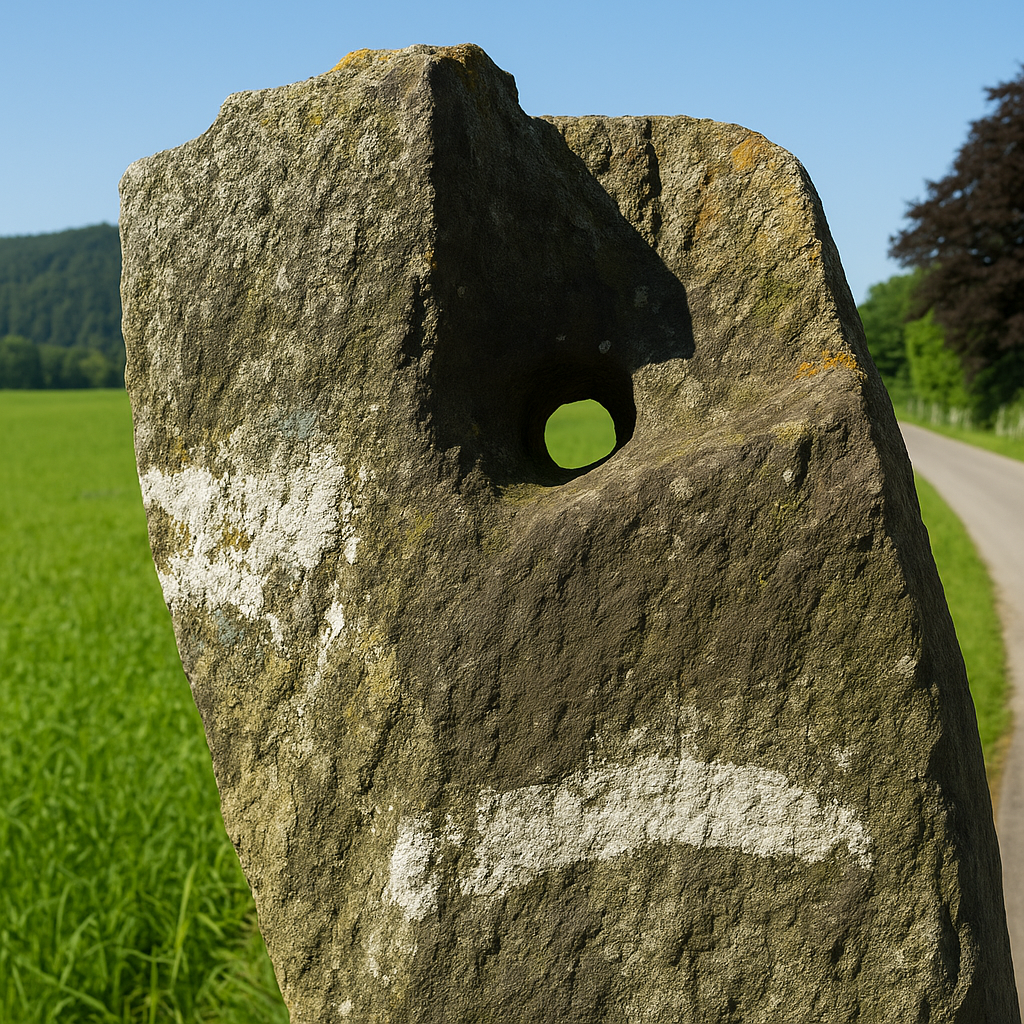
There was a time, not counted in centuries but in epochs, when the Earth trembled not with war, but with silence—a silence that came after the skies themselves changed. A pole shift, not only of magnetism but of meaning, shattered the rhythm of the world. The sun, once a giver of life, became a cruel eye. The heavens, once divine, grew hostile. And humanity, fragile in its skin and breath, fled downward—into the bones of the Earth itself.
They carved tunnels beneath forests, beneath mountains, beneath what would one day become cities. These subterranean worlds were not random refuges but deliberate sanctuaries. Across the globe, from continent to continent, cultures that should never have met share the same truth—stone passageways, underground cities, megalithic networks older than our myths and untethered from any modern explanation.
Above ground, a system emerged—a language not of words but of alignment. They marked their world with stones, punctured with holes—Lochsteine, as they are now known in Europe. These stones were not ornaments, nor idle relics. They were instruments of survival and symbols of knowing. For in a time when light could kill, the Lochstein became a lens through which safety could be seen. To look through one was to see another: a Dolmen, a cave, the mouth of a tunnel. A direction, a whisper, a path home.
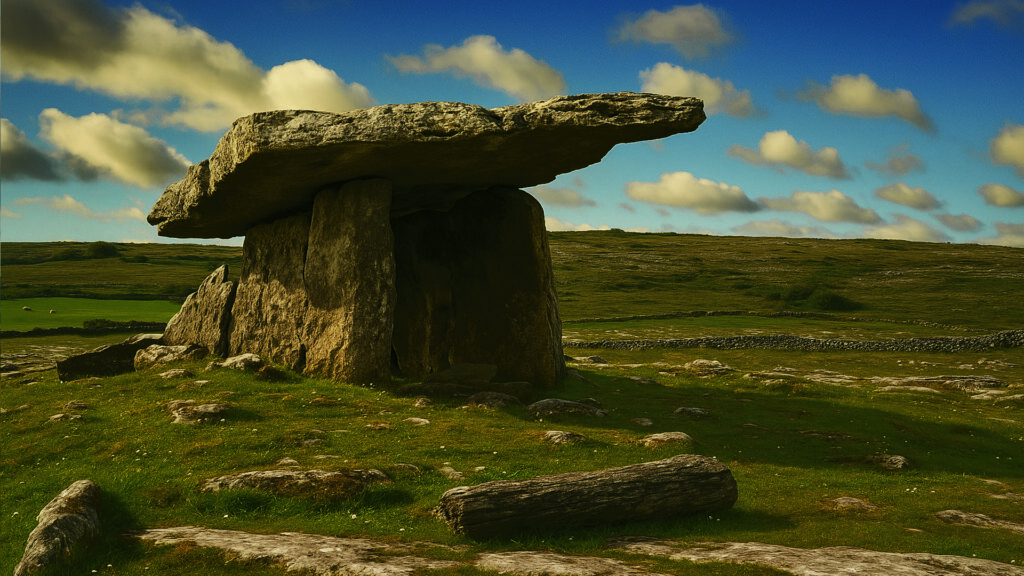
Dolmen, used as shleter.
These alignments were not superstition. They were knowledge preserved in geometry. The stones were placed with care, their holes oriented not for beauty but for urgency. They were part of a living system of navigation—a grid of guardians set into the earth, pointing to salvation in times of unseen danger. And while modern science dismisses these as mere burial sites, it forgets that even the dead must once have lived, and that structures do not begin with the meaning we later assign them. Dolmens may have cradled bones in later millennia, but they were first cradles for the living—those too late to reach their caves before the cosmic radiation spilled over the land.
But we, in our blind abundance, treat these stones as curiosities. We decorate our gardens with them, drive beams through their ancient eyes, and tether them like livestock to fences. We strip them from the earth like weeds, never asking why they were planted there to begin with. What once pointed to life now stands mute beneath ornamental trees. What once warned of danger is now nailed into place by ignorance.
And so, like many things, the Lochstein is becoming legend again. Not because it is untrue, but because we no longer know how to see it.
We do not preserve. We repurpose.
We do not ask. We assume.
And thus the pathways to understanding collapse not beneath time, but beneath our own indifference. The wayfinders of an age before memory—these pierced stones of guidance—still surround us, not as superstition but as quiet truth. If only we could look through them again, with the eyes of those who placed them, perhaps we would not see a past forgotten… but a future waiting to be remembered.
My Conclusion
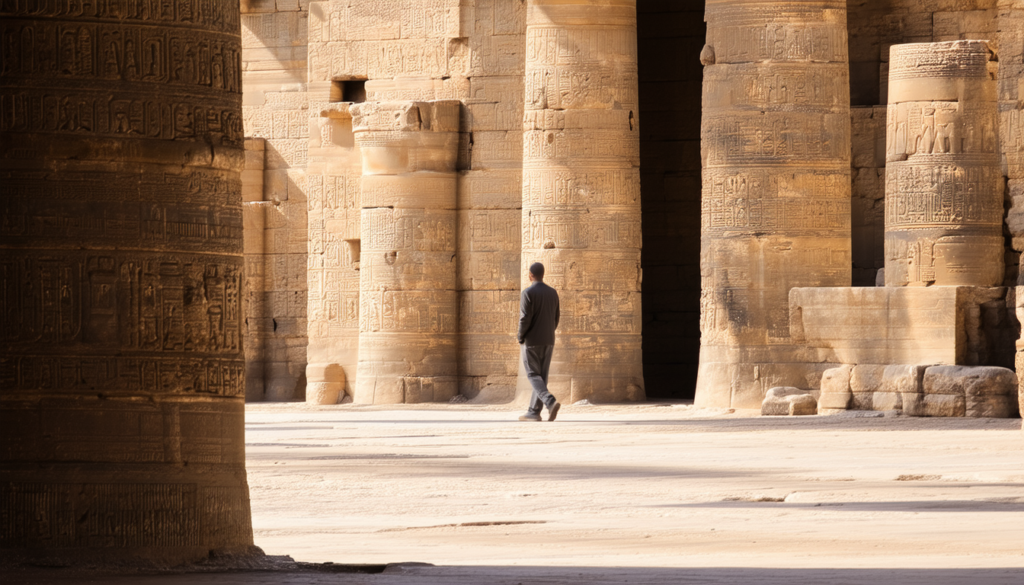
At the end of the day, humanity is too weak. Too weak to admit that even our age—this fleeting moment we call modern civilization—may soon come to an end. We cling to illusions, worship gods of our own invention, and confuse emotional need with eternal truth. Our deities are mirrors, nothing more. They exist not outside of us but within the narrow corridors of our intellect and emotion, projections of our fear, our hope, our longing for meaning.
But the force that governs life—on this Earth, on other worlds, across the unmeasured vastness of the universe—owes no allegiance to mercy. It does not weep for the stagnant, nor nurture those who fail to evolve. It is not cruel, only indifferent. It moves with a logic older than love, deeper than despair. Empathy is a construct of consciousness, not a law of nature.
We are trapped. Trapped in religions, and in their modern replacements—commerce, control, the worship of power. We have ceased to live in harmony with the natural world, entrusting our survival to the entropy of evolution, hoping it favors our cleverness over our wisdom. We have created an age in which man defines himself not by depth, but by currency. And even science, the last great hope of rational inquiry, bends under the same weight of power and profit. Discovery is not free. Truth is not neutral.
Yet the universe demands more from its children. It hungers not for machines or media, but for the emergence of a being worthy of the stars—a complete lifeform, capable of flooding the still-silent cosmos with living light. But man, in his current form, is profoundly unfit to serve that purpose. We soothe ourselves with myths, whisper prayers to imagined guardians, and believe they care. In truth, we are self-centered mutations, trapped in an evolutionary cul-de-sac. We are not ascending. We are idling. We are deceived by our own noise.
For millennia, we have been observed. Accompanied. Helped. Non-human intelligences have walked beside us in silence, offering sparks to kindle our minds. They gave us glimpses of the cosmic structure, seeds of knowledge too often buried under dogma and war. They shielded us—not because we were great, but because we were promising. Perhaps we still are.
I believe they have always been here. These beings—whatever their form—understood long ago what the cosmos demands: not dominance, but resonance. Not belief, but understanding. They nurtured a seed in us, hoping it might one day grow into something equal. Something that could help illuminate the darkness between galaxies.
But humans think in borders. Even the idea of pre-human civilizations is treated as heresy. It is more acceptable to erase evidence, to mock the few who dare to connect the dots, than to question the tidy timeline we’ve been fed. We would rather destroy ancient signs than consider the possibility that we are not the first to rise. We ridicule the logical conclusion—that other advanced species may have come before us, perhaps many times.
And as we spend absurd resources searching for life on distant planets, we ignore the life that may have lived among us for thousands of years—watching, withdrawing, waiting. They do not come to us anymore. Not because they cannot. But because we are arrogant. Small-minded. We have declared ourselves rulers of Earth, but we have not even mastered ourselves.
Unless we change, we will become another forgotten chapter. Another invisible civilization that left behind no reader, no witness, no one to mourn its passing.
And the stars will go on without us.





